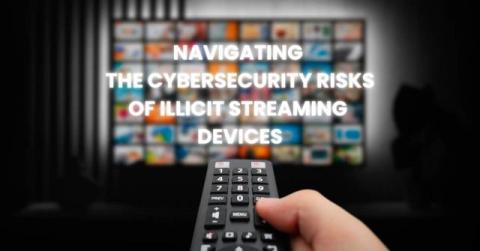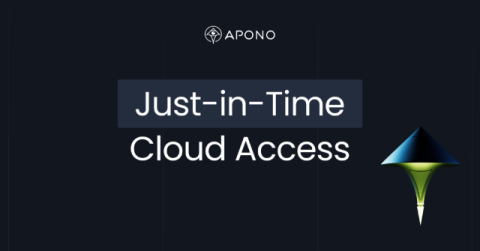Security | Threat Detection | Cyberattacks | DevSecOps | Compliance
opsdemon
Latest posts
Streamlining Cyber Defense with ThreatQ TDR Orchestrator
In today’s fast-paced cybersecurity environment, the ability to quickly and effectively manage threat intelligence and incident response is critical. The solution? A seamless integration of human expertise with cutting-edge automation. Standardizing how intelligence and incidents are handled by merging human processes with automated workflows is necessary.
A House of Cards: Third-Party Risks Are Undermining Businesses Resilience Strategies
Resilience strategies are failing. Despite their known importance, why is it so difficult to implement them effectively? Resilience is not a new concept, but it is one we talk about individually and through the lens of business that is often difficult to demonstrate. In today’s digital world, resilience strategies are being challenged more frequently, include more scope, and are being defeated by intentional and unintentional actions—users, third-party partners, and criminals.
Building Powerful CrowdStrike Automations: Insights from Fal.Con 2024
This sentiment expressed by Fiverr’s VP of Business Technologies perfectly reflected the energy at the Fal.Con 2024 Torq booth and struck a chord with security teams using CrowdStrike’s powerful tools. Detection isn’t the problem — CrowdStrike excels at that. The challenge lies in automating what happens next.
Navigating the Cybersecurity Risks of Illicit Streaming Devices
Illicit streaming devices have become an unnoticed yet significant threat in many households and corporate environments. These devices, often advertised with wild promises of free access to premium content, have a dark side that many users might not be aware of. They operate much like the “black boxes” of the 1990s, offering access to pay-per-view events and premium channels at suspiciously low costs.
What is Data Leakage Protection and Why Is It Essential for Businesses?
These days, data is very important to businesses, so keeping private data safe has become very important. But what is Data Leakage Protection, and why does it matter? DLP stands for "Data Leakage Protection." It includes plans, tools, and rules that are meant to keep private data from getting into the wrong hands or being sent or lost without permission. Businesses use DLP to keep important data like customer information, financial records, and trade secrets safe from hackers and accidental leaks.
Access Management for DevOps: Securing CI/CD Pipelines
Recent studies indicate that more than 80% of organizations have experienced security breaches related to their CI/CD processes, highlighting the critical need for comprehensive access management strategies.
Understanding the Zero Trust Framework
In the past, an organization’s digital data was safe behind passwords, firewalls, and physical locked doors. Today, cloud computing and remote work have rendered these traditional approaches much less effective. Threat actors can launch attacks from almost any device, almost anywhere. Usernames and passwords are widely available on the dark web. To keep sensitive data safe, organizations must understand that any account — even one with the proper credentials — could be compromised.
Benefits of VEX for SBOMs
As Software Bill of Materials (SBOMs), become increasingly necessary and in some cases, required by private companies and governments globally, they are meant to provide transparency and help organizations understand what is in their software. But if SBOMs are so helpful, how come nobody knows what to do with them?
Everything you need to know about EvilProxy Attacks
An “Evil Proxy” is a malicious proxy server used by attackers to intercept and change the communication between a client and a legitimate server. It is also known as Phishing-as-a-Service (PhaaS), where the attackers attempt to deceive individuals into providing sensitive information such as usernames, passwords, and credit card numbers.
Using Endpoint Detection and Response (EDR) in Mobile Defense
Endpoint detection and response (EDR) has been a standard method for securing on-premises devices for years. When combined with antivirus software, it’s proven an effective way to uncover threats before they can cause severe damage. However, the growth of smartphones and other mobile devices means more and more work is getting done outside of the office. Organizations can no longer rely on traditional EDR protections as millions more endpoints are now exposed to the threat of a cyber attack.











